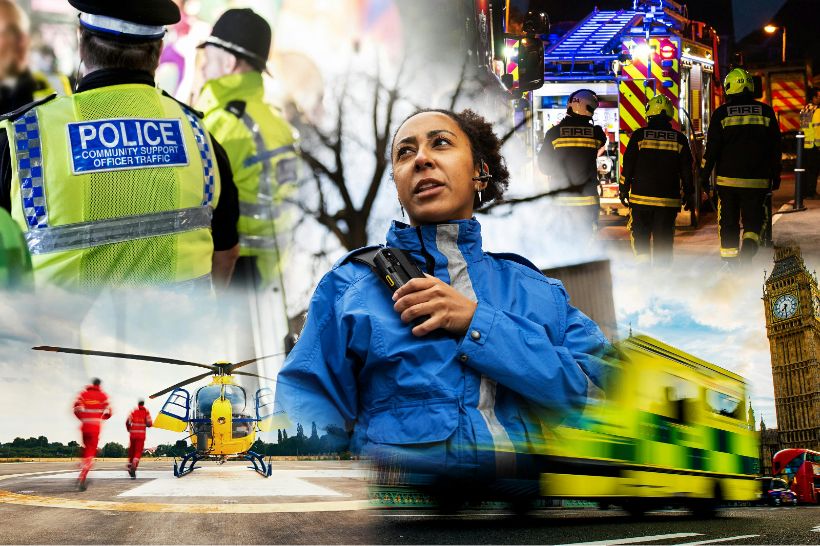With broadband networks come new benefits for public safety users.
Professional Mobile Radio networks based on narrowband technology, today the cornerstone of mission-critical communications, are evolving to take benefit of the 4G and 5G performances and a large ecosystem of devices, sensors and applications. These new networks open promising perspectives for public safety users, especially police and emergency services, for which seamless communications can save many lives through better information and swifter decision-making.
The variety and capabilities of devices, accessories and sensors involved will enable comprehensive information sharing, including video, text, voice, and contextual data such as biometry and enhanced location-based information.
Real-time video streams from different sources, such as CCTV, drones, body-worn cameras, and other IoT sensors, will be made available for AI-based analytics and decision-making from control room operators and field commanders.
Voice-based ambient listening in case of emergency and distress situations will be combined with images to enable faster and more effective interventions. Overall, improved coordination during operations, increased responsiveness, and better preparedness for planned events will contribute to ensuring the security of the population as a whole and the safety of first responders.
 The 4G/5G ecosystem, which is based on 3GPP standards, will also allow them to benefit from its permanent technology innovation by embracing and adapting to their needs. In the near future, satellite communication services based on the 5G Non-Terrestrial Network (NTN) will be integrated to provide higher resilience and expanded coverage.
The 4G/5G ecosystem, which is based on 3GPP standards, will also allow them to benefit from its permanent technology innovation by embracing and adapting to their needs. In the near future, satellite communication services based on the 5G Non-Terrestrial Network (NTN) will be integrated to provide higher resilience and expanded coverage.
Strengthening collaboration with users for enhanced security
There are many challenges related to the transition towards those systems. The evolution of the operational model, the integration with the existing processes, applications and equipment, the adaptation of the technology to the needs of the first responders, and the regulatory and legal impacts of the use of that technology will all require close work with public safety users. As such, one must rely on the operations specific to each user’s organisation to define the right doctrine for use, the right operating modes, and the technology modifications required to best fit the needs, but also to already prepare future use cases in future operations.
Airbus is also working on the plugging of the new capabilities brought by this new ecosystem, such as drones, Robot K9 dogs and sensors. Numerous data generated by IoT can also be considered for live monitoring, such as the vital signs of fire brigades in the field, as well as escalation factors for police officers, which may need to trigger a faster response, such as the taking out of their gun from its connected holster.
As one of the forerunner countries in the exploration and procurement of these new critical broadband communications capabilities for public safety, the United Kingdom can play an important part in defining new ways of providing security for citizens and safety for first responders while ensuring that the new systems meet the levels of security, performance, resiliency, and availability provided by the current systems.